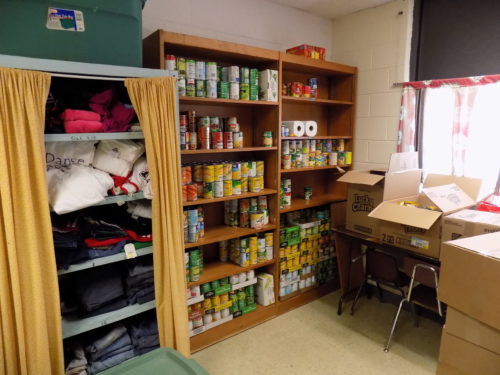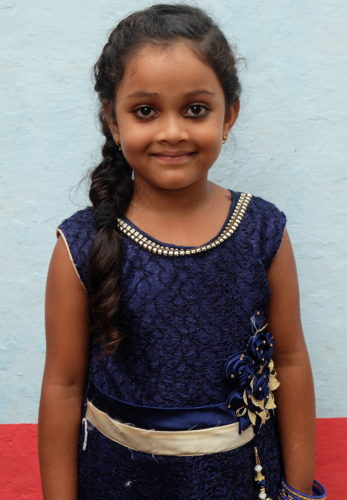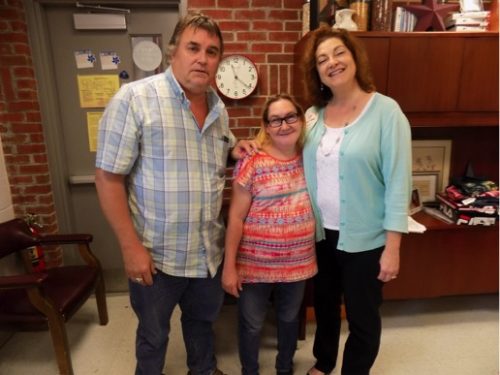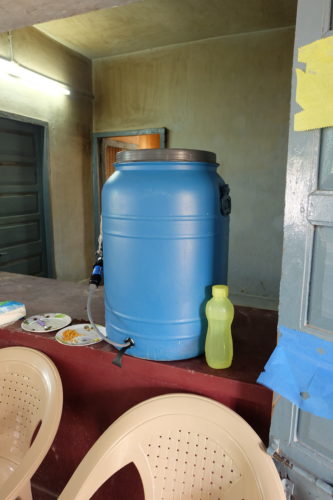When we think about Christmas, we often think about giving the perfect gifts to family and friends. Gift-giving comes in all forms – whether it is buying a loved one a sweater, writing a poem for them, or making them dinner – it is a meaningful way to show others that you care. For sponsors Bill and Ilene Hafker, their idea of gift-giving is to help children in need, involving their friends in the process, and giving Bill’s mother what they knew she would consider to be the perfect Christmas gift.
We caught up with Bill, a retired environmental engineer from Oakton, Virginia, to talk about his sponsorship experience, and how the holidays influenced a different kind of gift-giving.
S.C.: How did you find out about Children Incorporated?
B.H.: It was the early 1980s, and I read about the organization in a promotional brochure that crossed my path. I was in a situation where I was looking for a good cause to support. We have been sponsors for more than thirty years now! Over the years, we have sponsored nearly twenty children.
S.C.: Tell us a little bit about your early sponsorship experience.
B.H.: My wife and I sponsored one child together at first, and then we decided to sponsor a second. We thought this was a worthy cause, and wanted to let our friends get involved, too. When we sent out our annual Christmas letter in 2002, we asked them to contribute to our sponsorship of that child. We called our new sponsorship “The Hafkers and Friends.” As a result of that letter, we received enough contributions to sponsor a little girl from Costa Rica named Maria*. We knew our friends would love to help because they are like-minded people who feel the same way we do about giving back to the world and helping others in need. A few years later, my family and I went to meet Maria at the project she attended, La Milagrosa. We took Maria and her family to restaurants and museums in San Jose, and had a lovely time getting to know Maria, her mother, and her siblings.
We knew our friends would love to help because they are like-minded people who feel the same way we do about giving back to the world and helping others in need.
About ten years ago, we decided to sponsor a third child. Instead of exchanging Christmas gifts with my two brothers that year, or getting my mom a traditional present, which she usually ends up saying she doesn’t need, we decided to sponsor a child in honor and thanksgiving of our mom. Mom’s Christmas gift each year since has been sponsorship of “her” child, and she loves receiving it every time! This year, us three brothers wanted to increase our gift to our mom, so we sponsored a second child for her, and committed to sponsoring both children for ten years.
S.C.: Do you communicate with any of your sponsored children directly? Do they send you letters?
B.H.: There have been times in the past when we have been better at that, but we try to send letters periodically – at least once a year. They write to us as well. I can tell that they are encouraged to do art, and to create a meaningful way to express themselves in their correspondence. It is wonderful to get an update on how they are doing in school, and what they like most about it, as well as to have pictures to see what they are thinking about and how they are feeling.
S.C.: Is there anything else you’d like to share about your sponsored children?
B.H.: We currently sponsor a child named Adnan* who is at a school for the deaf in Lebanon. It is especially rewarding to be able to help a child who needs extra assistance in that regard. Not long ago, we were told by a Children Incorporated staff member that a former sponsored child of ours in India decided to pursue a Doctor of Pharmacy degree and is very close to graduating. We are very proud of him for that, and we’re thankful for what little part we might have played in making that possible.
*Names changed to protect the children.
***








